What is a Notice and Order of License Plate Impoundment?
If you received a Notice and Order of License Plate Impoundment, then it probably means you got a MN DWI with an alcohol concentration of .16 or more or you have a prior DWI within the past ten years. There are other scenarios that trigger license plate impoundment, such as Driving After Cancellation Inimical to Public Safety, but the aforementioned ones are the most common ways to get your license plates taken away.
By the time you retrieve your vehicle, the police officers may have already taken your license plates off your car. If not, the Notice and Order of License Plate Impoundment will direct you to surrender or destroy the plates within seven days. Importantly, license plate impoundment applies to the vehicle you were driving at the time and any other vehicles registered in your name, even jointly owned. This can often trigger multiple vehicles within a family. And, nobody wants to have to put whiskey plates (also referred to as DWI plates or special registration plates) on their vehicle. If you do not want to have those plates on your vehicle, then you must challenge it through an administrative or judicial review. The judicial review process can be combined with the driver’s license revocation challenge. Not only do you need to win that challenge, but you also must get your DWI charges dismissed to get the license plate impoundment order rescinded.
If someone else was driving your car, and you were not a passenger, and your license plates were impounded because of a DWI they received, then you should do an administrative review and ask for your regular plates back. This can be done by faxing in the appropriate form to the Department of Public Safety. Upon receiving the request for administrative review, they will look up the police report for your case to make sure you were not in the vehicle.
